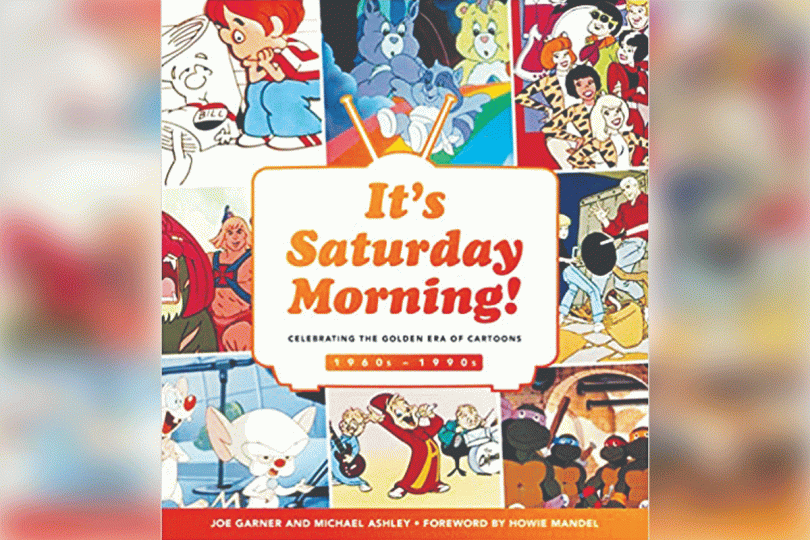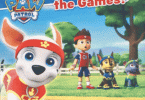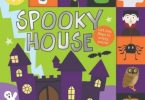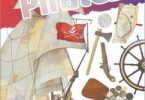Let’s take a trip down memory lane when Saturdays were more ‘animated’ than ever!
There are two kinds of viewers in this world, those who have grown up watching cartoons, and those who still live on a cartoon diet. Joe Garner and Michael Ashley’s It’s Saturday Morning – Celebrating the Golden Era of Cartoons is a book for both categories of cartoon lovers because it takes them back into the era when cartoons used to be the only reason children woke up easily on weekends.
This book has everything any cartoon lover would need since it covers the very best animated series of all time. The only drawback for some newer audiences would be the coverage of cartoons that aired between the 1960s and the 1990s, but the authors have a valid reason for that. In their defence, since the book covers ‘Saturday Mornings’ that lasted till the 1990s, there is no reason to cover those animated series that came after the end of ‘Saturday Mornings.’
The book brings together all those shows that helped parents sleep soundly on weekends, and made Saturday mornings an event worth looking forward to. People who grew up in countries like Pakistan – where there was no morning TV till the 1980s – would also be able to relate to the selection in this book since most of the cartoons first aired on PTV, later on STN and finally were available on Shaheen Pay TV (SPTV) when it became an ‘in thing’ in the 1990s.
What makes this book something to have in your library and worth every penny spent? It celebrates all those memorable shows that impacted the kids of the era big time, those iconic characters that are still part of the pop culture, as well as catchphrases, songs, and TV commercials that were instrumental in adding value to the pre-internet era when life was simple, and cartoons were educational.
The current generation may call them ‘animated series’ but what dominated the family living rooms from the 1960s to the 1990s were known as cartoons. This excellent and well-researched book talks about that era and discusses how it helped American children and those who grew up in other countries become upright citizens. According to this book, the cartoons weren’t just successful because they were ‘novelty’ but because they educated kids for four straight hours on Saturday mornings without instilling dangerous thoughts into their minds.
The book is divided into four parts – the 1960s, 1970s, 1980s, and 1990s. In the 1960s section, you will find both The Flintstones and The Jetsons – one series about the past and the other about the future – alongside the timeless The Bugs Bunny Show, The Archies, and Jonny Quest to name a few. The 1970s section featured Scooby-Doo: Where Are You!, Super Friends as well as Schoolhouse Rock! and Fat Albert and the Cosby Kids.
As if that wasn’t enough, the readers are treated to the arrival of Thunder Cats, Transformers, G I Joe as well as He-Man in the 1980s section, which also features The Smurfs. Although Teenage Mutant Ninja Turtles made their first appearance in the 1980s, they achieved iconic status in the 1990s and that’s why they feature in the cartoons from that era. The authors thank Steve Spielberg for his approach to cartoons in the 1990s since he sought to revitalize old-fashioned animation in various forms, and succeeded, His Tiny Toon Adventures and Animaniacs were the last animated cartoons that ruled the Saturday mornings before the transmission was closed and cable television took over.
The way the writers take the readers back in time is soothing as well as informative; it is as if the person with the book in his hand is watching the cartoons from his or her favourite era, with commercial breaks in between. What begins as a journey in the past from The Bugs Bunny Show, The Jetsons, and Jonny Quest then takes the audience into the world of Super Friends, Scooby-Doo, The Smurfs, as well as He-Man, Teenage Mutant Ninja Turtles, Tiny Toon Adventures, and ends up with Pinky and the Brain, the iconic characters who appeared in not one but two series in the 1990s!
The best part about this book is that each show, irrespective of its era, is discussed in detail, complete with statistics such as the year it was aired, the number of seasons it aired, and on which network, with the number of exact episodes as well. You will be surprised to know that some of the iconic cartoons like Space Ghost and The Archies were short-lived and ran for a longer duration because of syndication.
That’s not all, the readers will be thrilled to know the backstory of many iconic traits that became popular when some of the shows were aired. Like Scooby-Doo’s name was penned after a network president heard Frank Sinatra say ‘Scooby do be do’ at an airport; that the writers didn’t coin the phrase Yabba Dabba Doo for Fred Flintstone, the voice-over actor Alan Reed did; and that when ‘What’s up Doc’ was penned, no one knew that it would become one of the most popular phrases of all time!
Add to that the initial concept images of the cartoons, the behind-the-scenes insights from the producers or artists or both as well as the candid photos of the creators and you have a document that will keep on giving. The commentary that accompanies these chapters as well as the cartoons is important as well since it explores the cultural setting that influenced that specific series’ creation as well as its importance to the children of the era in which it aired.
If you didn’t know that The Flintstones was influenced by the 1950s sitcom The Honeymooners, Space Ghost was made in the mould of Batman, and The Pink Panther first appeared in a live-action movie of the same name, then you do need to improve your knowledge about cartoons. You might need the help of Scooby-Doo and ‘the meddling kids’ to enlighten you about the ‘mystery’, Archies about the music aspect while Fat Albert might lecture about racism that reigned supreme in the 1970s.
Some avid cartoon watchers like this scribe might disagree with the selection of Darkwing Duck over Duck Tales, picking The Care Bears and Adventures of the Gummi Bears in the presence of The Smurfs and selecting live-action Pee Wee’s Playhouse since it wasn’t a ‘cartoon’ at all, but then, it all depends on what the writers think best. They were there when these shows were aired, and hence the readers should trust their judgment. After all, they have done a commendable job by taking you back in time, without making you leave your space, giving you something that you didn’t know!







